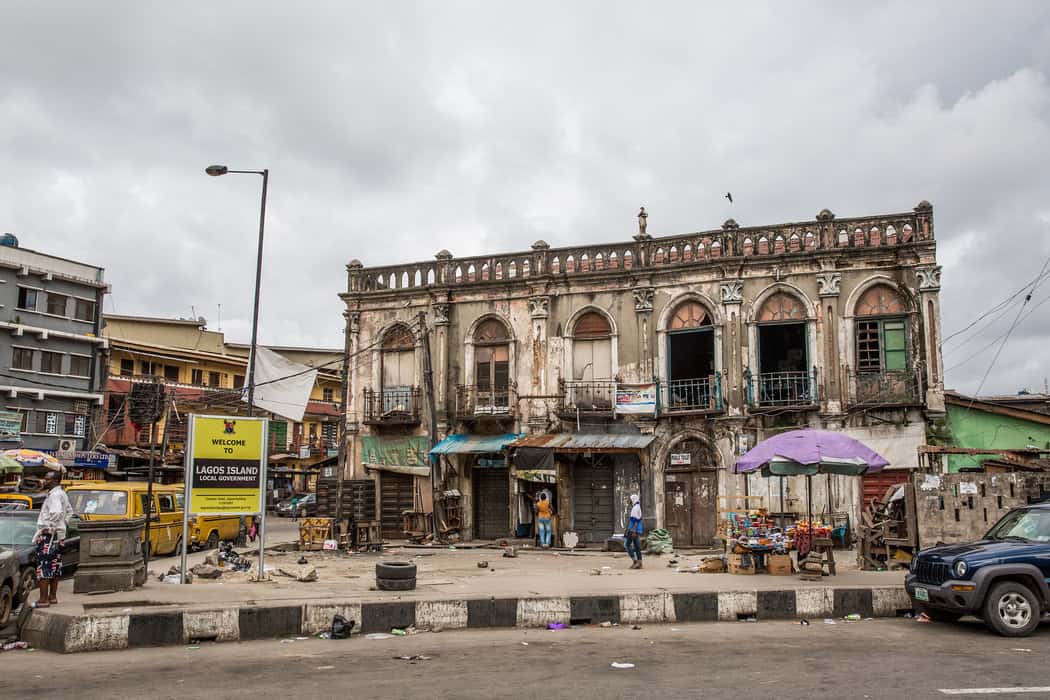Amid the bustling streets of Lagos Island stand grand old buildings that tell an incredible story linking Africa and Brazil. These architectural gems immediately catch the eye—their cream-coloured stucco walls are adorned with intricate handcrafted floral patterns, elegant curved windows, and arched doorways designed for better ventilation.
Many feature central courtyards reminiscent of European palaces. But these are more than just beautiful structures; they are part of a remarkable narrative of resilience, migration, and cultural fusion.
The architectural style, known as Afro-Brazilian, was introduced by the Agudas—formerly enslaved Africans who returned from Brazil in the 1800s and settled in what became known as the Brazilian Quarter of Lagos.
A Legacy Born from the Slave Trade
This story traces back to the 19th century, during the brutal transatlantic slave trade. The Portuguese, exploiting Africa’s proximity to Brazil, established a thriving slave trade, leading to Brazil having the largest African slave population in the Americas by 1800.
Following a series of uprisings, Brazil abolished slavery in the late 1800s, freeing countless Africans who had been forcibly taken there. Many chose to return to West Africa, bringing with them valuable skills in construction, woodworking, and design.
They blended Portuguese architectural styles with Yoruba craftsmanship, creating something entirely unique.
One of the finest examples of this fusion is the Shitta-Bey Mosque, designed by Brazilian architect João Baptista da Costa. The mosque’s striking central pediment—a triangular architectural element—showcases the seamless mix of Brazilian aesthetics and African artistry in a religious setting. Recognising its historical significance, Nigeria designated the mosque as a national monument in 2013.
The Disappearance of a Heritage
Despite their historical and architectural significance, these Afro-Brazilian buildings are vanishing rapidly as Lagos undergoes modernisation.
Many historic structures are being demolished to make way for contemporary developments, erasing a vital part of the city’s cultural identity.
A tragic example is Ilojo Bar, also known as Casa da Fernandez. Built in 1855, this landmark was recognised as a national monument, yet it was controversially demolished in 2016 by an undisclosed developer amid a dispute over its maintenance. In its place now stand modern glass-and-steel buildings, a stark contrast to the rich heritage they once represented.
Preserving these historic structures is no easy task. The rapid expansion of Lagos fuels a demand for new buildings, making costly restoration efforts less appealing.
Additionally, many young Lagosians are unaware of the historical significance of these structures, leading to a lack of urgency in preserving them. However, organisations like Legacy are working to change this narrative.
Through guided tours, seminars, restoration projects, and partnerships with government agencies, this Nigerian non-profit seeks to raise awareness and encourage the conservation of these cultural treasures. However, sustaining these efforts requires greater support from the government, local communities, and private investors.
While few builders replicate the Afro-Brazilian style exactly, its influence lingers in modern architecture. Elements such as decorative ironwork, curved windows and ornate facades can still be seen in contemporary buildings, subtly keeping the tradition alive.
Preserving these historic structures is about more than maintaining old buildings; it is about safeguarding the powerful story of a people who overcame immense adversity, journeyed across the Atlantic, and contributed to the rich cultural fabric of Lagos.
As the city continues to evolve, it must find ways to balance progress with heritage conservation. These buildings hold invaluable stories, but only if they remain standing long enough to tell them.






